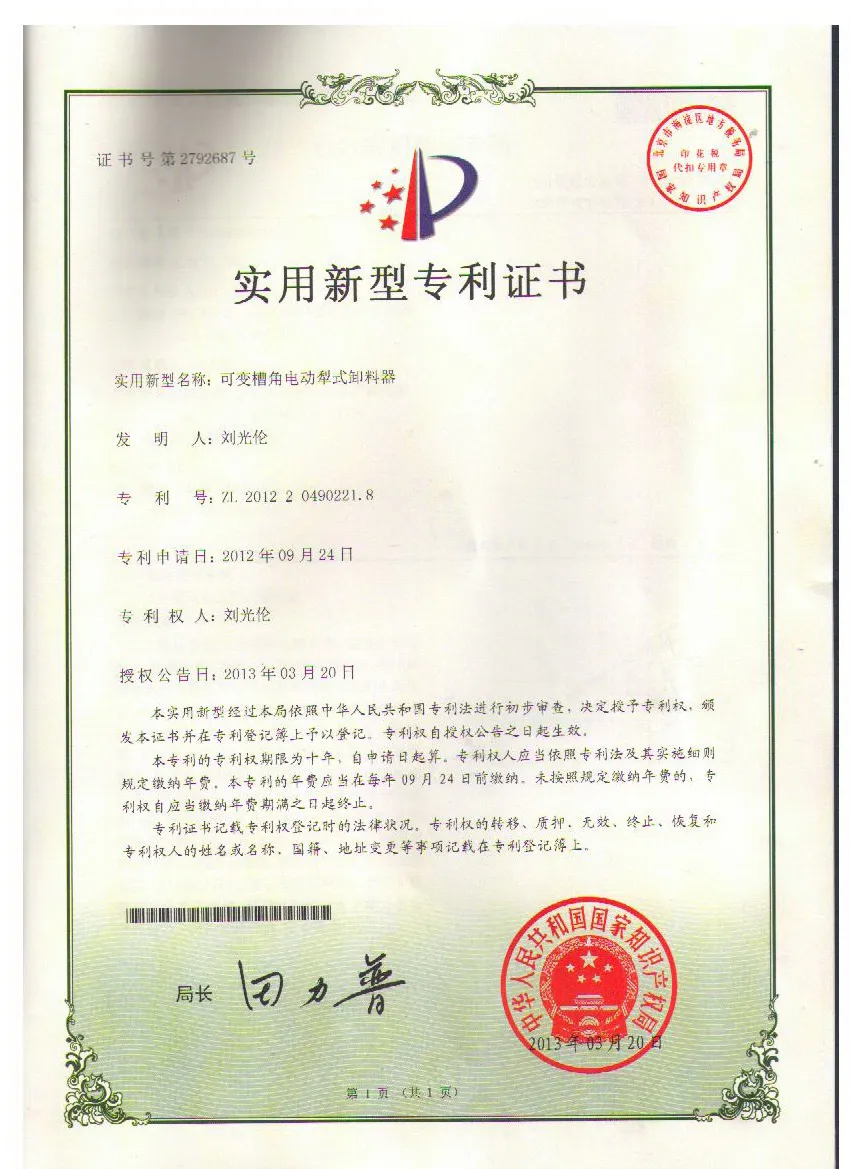 Afrikaans
Afrikaans  Albanian
Albanian  Amharic
Amharic  Arabic
Arabic  Armenian
Armenian  Azerbaijani
Azerbaijani  Basque
Basque  Belarusian
Belarusian  Bengali
Bengali  Bosnian
Bosnian  Bulgarian
Bulgarian  Catalan
Catalan  Cebuano
Cebuano  Corsican
Corsican  Croatian
Croatian  Czech
Czech  Danish
Danish  Dutch
Dutch  English
English  Esperanto
Esperanto  Estonian
Estonian  Finnish
Finnish  French
French  Frisian
Frisian  Galician
Galician  Georgian
Georgian  German
German  Greek
Greek  Gujarati
Gujarati  Haitian Creole
Haitian Creole  hausa
hausa  hawaiian
hawaiian  Hebrew
Hebrew  Hindi
Hindi  Miao
Miao  Hungarian
Hungarian  Icelandic
Icelandic  igbo
igbo  Indonesian
Indonesian  irish
irish  Italian
Italian  Japanese
Japanese  Javanese
Javanese  Kannada
Kannada  kazakh
kazakh  Khmer
Khmer  Rwandese
Rwandese  Korean
Korean  Kurdish
Kurdish  Kyrgyz
Kyrgyz  Lao
Lao  Latin
Latin  Latvian
Latvian  Lithuanian
Lithuanian  Luxembourgish
Luxembourgish  Macedonian
Macedonian  Malgashi
Malgashi  Malay
Malay  Malayalam
Malayalam  Maltese
Maltese  Maori
Maori  Marathi
Marathi  Mongolian
Mongolian  Myanmar
Myanmar  Nepali
Nepali  Norwegian
Norwegian  Norwegian
Norwegian  Occitan
Occitan  Pashto
Pashto  Persian
Persian  Polish
Polish  Portuguese
Portuguese  Punjabi
Punjabi  Romanian
Romanian  Russian
Russian  Samoan
Samoan  Scottish Gaelic
Scottish Gaelic  Serbian
Serbian  Sesotho
Sesotho  Shona
Shona  Sindhi
Sindhi  Sinhala
Sinhala  Slovak
Slovak  Slovenian
Slovenian  Somali
Somali  Spanish
Spanish  Sundanese
Sundanese  Swahili
Swahili  Swedish
Swedish  Tagalog
Tagalog  Tajik
Tajik  Tamil
Tamil  Tatar
Tatar  Telugu
Telugu  Thai
Thai  Turkish
Turkish  Turkmen
Turkmen  Ukrainian
Ukrainian  Urdu
Urdu  Uighur
Uighur  Uzbek
Uzbek  Vietnamese
Vietnamese  Welsh
Welsh  Bantu
Bantu  Yiddish
Yiddish  Yoruba
Yoruba  Zulu
Zulu conveyor pulley types
Understanding Conveyor Pulley Types A Comprehensive Guide
Conveyor systems are essential in various industries, facilitating the transportation of materials efficiently and reliably. A crucial component of these systems is the conveyor pulley, which plays a vital role in ensuring smooth operation. Understanding different types of conveyor pulleys is essential for optimizing performance and maximizing the lifespan of the system.
Types of Conveyor Pulleys
1. Drive Pulley The drive pulley is typically located at the head of the conveyor and is the primary source of power. It is connected to a motor that drives the belt. The design of the drive pulley is crucial, as it needs to handle the tension and load of the conveyor system effectively.
2. Tail Pulley Located at the end of the conveyor, the tail pulley helps to support the return side of the belt. It plays a crucial role in maintaining belt tension and alignment. A tail pulley is often a non-driven pulley, which means it does not provide drive but is crucial for the belt's return journey.
3. Snub Pulley The snub pulley is used to increase the contact angle between the belt and the drive pulley, thereby enhancing friction and improving the driving force. This type of pulley is strategically placed to ensure effective belt operation.
4. Idler Pulley Idler pulleys are designed to support the belt and maintain its tension along the conveyor line. These pulleys do not transmit power and are crucial for preventing any sagging of the belt, which could lead to increased wear and inefficiency.
conveyor pulley types

5. Wing Pulley Wing pulleys are characterized by their unique design, which features radial projections or wings that help reduce material buildup and minimize friction. This design makes wing pulleys exceptionally efficient in allowing material to be expelled quickly, making them particularly useful in applications where bulk materials are handled.
6. Self-Cleaning Pulley As the name suggests, self-cleaning pulleys are engineered to prevent the accumulation of material on their surfaces. This feature is particularly beneficial in wet or sticky applications, as it helps maintain operational efficiency and reduces the need for manual cleaning.
Key Considerations
When selecting conveyor pulleys, several factors should be considered, including the type of material being transported, the environment of operation, and the required load capacity. Proper sizing and configuration of pulleys can significantly impact the efficiency and longevity of the conveyor system.
Conclusion
Understanding the various types of conveyor pulleys and their specific functions is crucial for anyone involved in the design or maintenance of conveyor systems. By selecting the right pulleys for a specific application, industries can enhance their operational efficiency, minimize downtime, and prolong the life of their equipment. As technology advances, ongoing innovations in pulley designs are likely to improve performance even further, making it an exciting area for continuous development.
-
Revolutionizing Conveyor Reliability with Advanced Rubber Lagging PulleysNewsJul.22,2025
-
Powering Precision and Durability with Expert Manufacturers of Conveyor ComponentsNewsJul.22,2025
-
Optimizing Conveyor Systems with Advanced Conveyor AccessoriesNewsJul.22,2025
-
Maximize Conveyor Efficiency with Quality Conveyor Idler PulleysNewsJul.22,2025
-
Future-Proof Your Conveyor System with High-Performance Polyurethane RollerNewsJul.22,2025
-
Driving Efficiency Forward with Quality Idlers and RollersNewsJul.22,2025





























